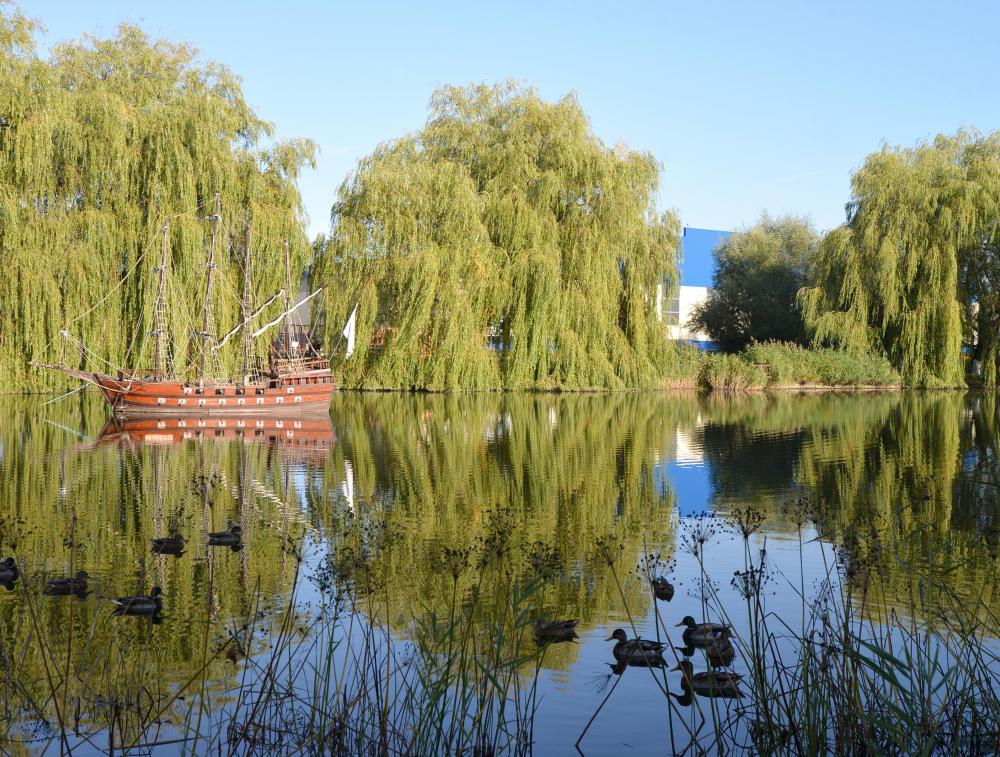At WiseGEEK, we're committed to delivering accurate, trustworthy information. Our expert-authored content is rigorously fact-checked and sourced from credible authorities. Discover how we uphold the highest standards in providing you with reliable knowledge.
What Is Willow Weaving?
The willow tree is a very tall specimen with long thin branches that often bend or droop. This flexibility makes them ideal to be used in willow weaving, which involves harvesting branches, drying them to remove the sap, and then soaking them to make the strands more flexible. Once this has been accomplished, a weaver normally cuts a small slit in some of the thicker pieces so smaller ones can be attached to them before weaving. This technique can be used to make baskets, animal sculptures, wreaths, or furniture.
Willow weaving is done throughout the world, but is more common in areas that are north of the equator because willow trees normally grow only in the Northern Hemisphere. The trees are more commonly found in the United States, Mexico, and Europe, so weaving with willow is most often done in these places. This does not mean that people throughout the world cannot participate in this craft, as willow strands can be purchased commercially through many craft suppliers or online.

The first step in willow weaving is to harvest the branches of this tree. This is done by cutting lengths that are anywhere between six and eight feet (1.83 to 2.44 m) long from the plant itself. Very thin strands are normally chosen because thicker ones can be difficult to weave with. There are many varieties of willow tree, and most of them have branches that are acceptable to use in this craft.
Once the willow branches are harvested, they must be dried in order to remove the sap. This is done by laying them flat in an area with good air circulation. The bark does not need to be removed from the strands before doing so, and can in fact help a weaver know when the pieces are dry because it will often become wrinkly.
After the strands have been dried, they should be soaked in order to make them more flexible. This may be confusing to a beginning weaver, as the first step involves drying the strands. The purpose in doing so is to remove the sap, while soaking the branches allows moisture to penetrate the wood, making it more flexible for willow weaving.
Once the willow strands are prepared, a weaver can begin creating designs. Only a few small tools are needed for this job, and some of the more common ones are a pocketknife with a sharp blade and a pair of pliers. This means people who are interested in learning willow weaving do not need to invest a great deal of money in order to get started.
AS FEATURED ON:
AS FEATURED ON:











Discuss this Article
Post your comments